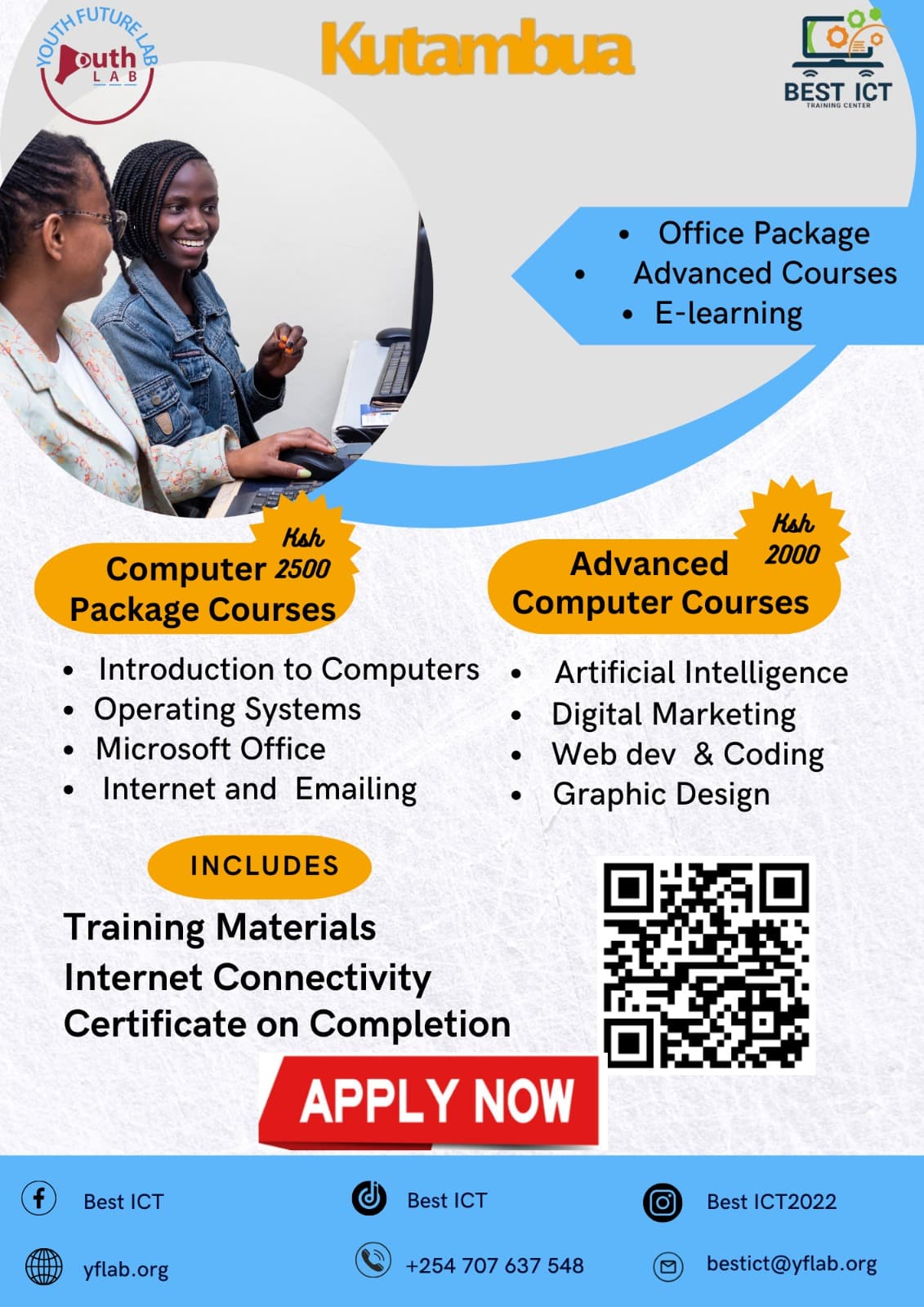In the digital age, youth have more tools than ever to share their voices and perspectives with the world. One of the most powerful ways they can do this is by creating and managing a digital magazine. Whether focusing on social issues, pop culture, art, or local news, a youth-led digital publication can serve as a platform for expression, education, and advocacy. It empowers young creators to shape narratives and connect with diverse audiences across the globe.

The first step in launching a digital magazine is identifying a clear purpose and target audience. Youth should ask themselves what issues or topics they care most about and who they want to reach. Whether it’s amplifying underrepresented voices, promoting sustainability, or exploring teen mental health, a strong editorial vision will guide the content and tone of the magazine. Collaborating with peers who share similar passions helps build a motivated team of writers, editors, designers, and social media managers.

Once the foundation is set, building the magazine’s digital presence becomes crucial. Free or low-cost platforms like WordPress, Wix, or Substack make it easier than ever to publish and share content. Social media channels such as Instagram, TikTok, and X (formerly Twitter) can be used to attract readers and build a loyal following. Engaging visuals, consistent branding, and interactive posts help generate interest and keep audiences coming back for more. Regularly scheduled releases also maintain momentum and professionalism.
Content is the heart of any publication, and a youth-led magazine should reflect the authenticity and creativity of its contributors. Articles, interviews, photo essays, and opinion pieces should speak to real experiences and current events from a youth perspective. Including multimedia elements such as podcasts, videos, and digital art can make the magazine more dynamic and accessible. Encouraging submissions from a broader youth community also fosters diversity and inclusivity.

Running a successful digital magazine requires dedication, collaboration, and continuous learning. While challenges such as time management, technical skills, or limited resources may arise, these obstacles can be overcome with persistence and support from mentors or educators. In the process, young creators gain valuable experience in leadership, media literacy, and communication. More importantly, they build a platform that not only informs and inspires but also proves that youth voices matter—and can lead the conversation.




